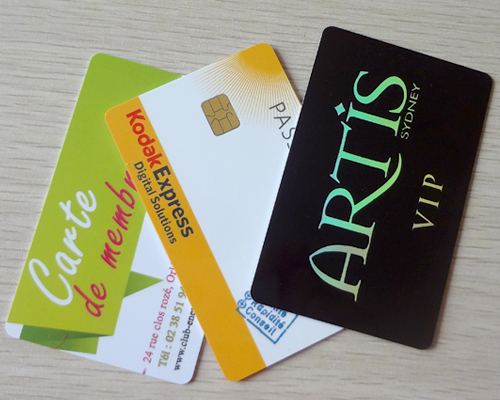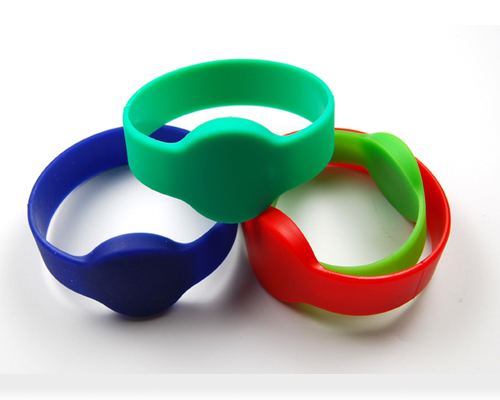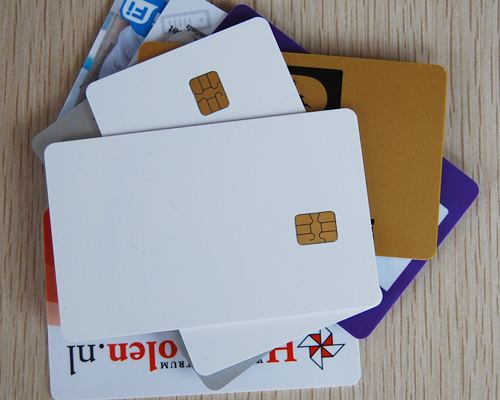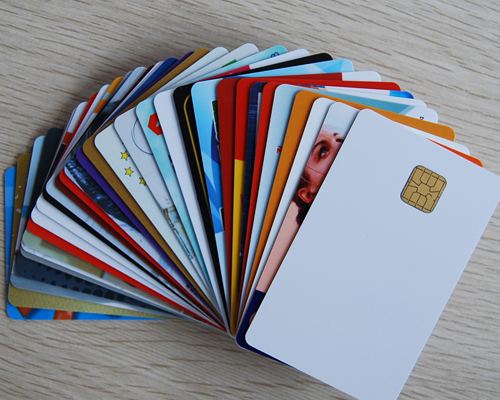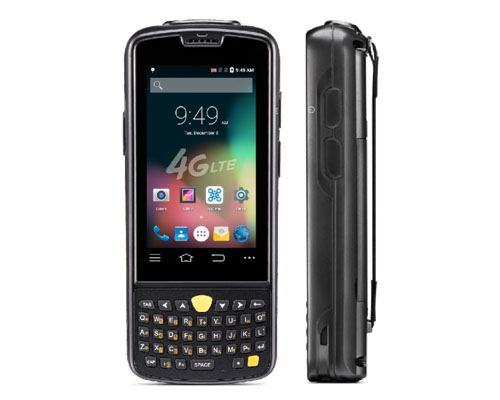Optical memory cards use a technology similar to the one used for music CDs or CD ROMs. A panel of the “gold colored” laser sensitive material is laminated in the card and is used to store the information.
The material is comprised of several layers that react when a laser light is directed at them. The laser burns a tiny hole (2.25 microns in diameter) in the material which can then be sensed by a low power laser during the read cycle. The presence or absence of the burn spot indicates a “one” or a “zero”. Because the material is actually burned during the write cycle, the media is a write once read many (WORM) media and the data is non volatile (not lost when power is removed).
The optical card can currently store between 4 and 6.6 MB of data which gives the ability to store graphical images such as photographs, logos, fingerprints, x-rays, etc.. The data is encoded in a linear x-y format and ISO/IEC 11693 and 11694 standards cover the details.
The biggest users of optical technology today are: Medical/Healthcare; Prepaid Debit Cards; Cargo Manifests; Admission Pass Season Tickets; Auto Maintenance records; and Retail Purchase Cards.
Enjoyrfid Technical
Professional rfid card and tag supplier
Optical Memory Card
http://www.enjoyrfid.com/ 2016-12-23 16:56:39 From:Enjoyrfid Technical Hit:
post comment(0)


